Modern Filaments in 3D Printing
3D printing has revolutionized manufacturing, allowing the creation of complex parts with great precision. Among the most commonly used materials are ASA, PC, POM, PP, PVB, and TPU. Each of these filaments offers unique properties, such as weather resistance, high impact resistance, flexibility, and chemical resistance. These characteristics make them ideal for a wide range of applications, from industrial and automotive components to medical and electronic products.
Roberto Mendoza Gasca, Susana Arriaga Flores
8/26/20245 min read
Modern Materials in 3D Printing
ASA (Acrylonitrile Styrene Acrylate)
ASA is known for its UV and weather resistance, making it ideal for outdoor applications. It is commonly used in the manufacture of automotive parts, electronic device housings, and outdoor components that need to withstand adverse weather conditions. Its dimensional stability and impact resistance also make it suitable for functional prototypes and end-use parts.
Mechanical Capabilities: High impact resistance and dimensional stability.
Tensile Strength: Approximately 45 MPa.
Temperature Range: Can withstand temperatures up to 100°
Other Properties: UV and weather resistant, ideal for outdoor applications.
PC (Polycarbonate)
Polycarbonate is an extremely strong and durable material, used in applications requiring high impact resistance and transparency. It is commonly employed in the manufacture of safety components, such as helmet visors, bulletproof windows, and electronic device housings. Its ability to withstand high temperatures makes it ideal for industrial and automotive applications.
Mechanical Capabilities: Excellent impact resistance and high hardness.
Tensile Strength: Approximately 70 MPa.
Temperature Range: Can withstand temperatures up to 140°C.
Other Properties: High transparency, good heat and chemical resistance.
POV (Polyoxymethylene)
POV, also known as acetal, is a material with high wear resistance and low friction, ideal for mechanical applications. It is used in the manufacture of gears, bearings, and moving parts that require durability and precision. Its excellent dimensional stability and chemical resistance make it suitable for industrial and automotive applications.
Mechanical Capabilities: High wear resistance and low friction.
Tensile Strength: Approximately 65 MPa.
Temperature Range: Can withstand temperatures up to 120°C.
Other Properties: Excellent dimensional stability, ideal for mechanical parts and gears.
PP (Polypropylene)
Polypropylene (PP) is a versatile and economical polymer, known for its lightness and chemical resistance. Its applications span a wide range of industries. In the packaging sector, it is used due to its resistance to moisture and chemicals, being common in the manufacture of food containers, bottles, and industrial packaging. In the automotive industry, it is used to make bumpers, interior panels, and other parts that require lightness and impact resistance. Additionally, in the textile field, PP is used in the manufacture of carpets, non-woven fabrics, and sportswear due to its durability and abrasion resistance. In the medical sector, it is used to make syringes, medicine containers, and other products that require sterility and chemical resistance.
Mechanical Capabilities: Moderate stiffness and tensile strength.
Tensile Strength: Approximately 30-40 MPa.
Temperature Range: 0°C to 100°C.
Other Properties: Lightweight, high chemical resistance, and low cost. Widely used in packaging, automotive components, and textiles.
PVB (Polyvinyl Butyral)
Polyvinyl Butyral (PVB) is a flexible material known for its excellent adhesion and impact resistance. In 3D printing, PVB is mainly used in the creation of laminated safety glass and interlayer films, due to its high transparency and gloss, making it ideal for applications where aesthetic appearance is crucial. One of the most notable features of PVB filament is its ability to be smoothed with isopropyl alcohol, allowing for a smooth and shiny finish. It is also available in different colors.
Mechanical Capabilities: High flexibility and impact resistance.
Tensile Strength: Approximately 20-30 MPa.
Temperature Range: -30°C to 60°C.
Other Properties: High transparency and good moisture resistance. Mainly used in laminated safety glass and interlayer films for automotive and architectural glass.
TPU (Thermoplastic Polyurethane)
Thermoplastic Polyurethane (TPU) is known for its flexibility at low temperatures, abrasion resistance, and transparency. In 3D printing, TPU is used to manufacture parts that require high elasticity and wear resistance, such as shoe soles, automotive components, and electronic device protectors. Its ability to absorb impacts and resist oils and greases makes it ideal for applications in the footwear, automotive, and electronics industries.
Mechanical Capabilities: High elasticity and tensile strength.
Tensile Strength: Approximately 25-50 MPa.
Temperature Range: -40°C to 80°C.
Other Properties: Flexibility at low temperatures, resistance to oils and greases, and transparency. It is ideal for applications in the footwear, automotive, electronics, and medical device industries.
In this blog, we have explored a variety of modern filaments used in 3D printing, including ASA, POM, PP, PVB, and TPU. Each of these materials offers unique properties that make them suitable for various applications, from industrial components to medical and electronic products.
In a previous blog, we discussed other popular filaments such as PLA, PETG, ABS, and Nylon, highlighting their advantages and specific applications. These materials continue to be fundamental in 3D printing due to their versatility and performance.
In our next blog, we will delve into composite materials, exploring how they combine the properties of different materials to offer innovative and high-performance solutions in 3D printing. Don’t miss it!
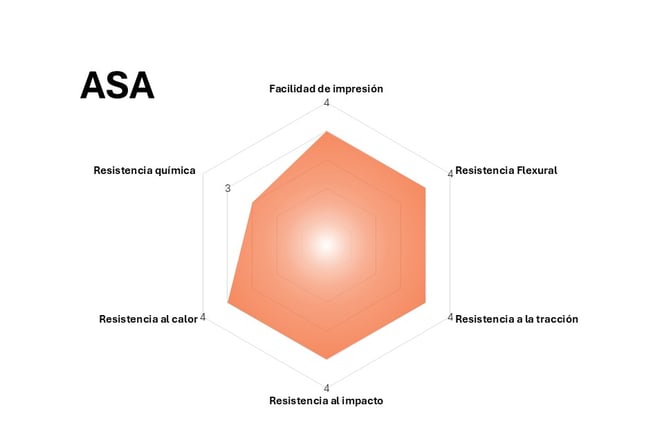

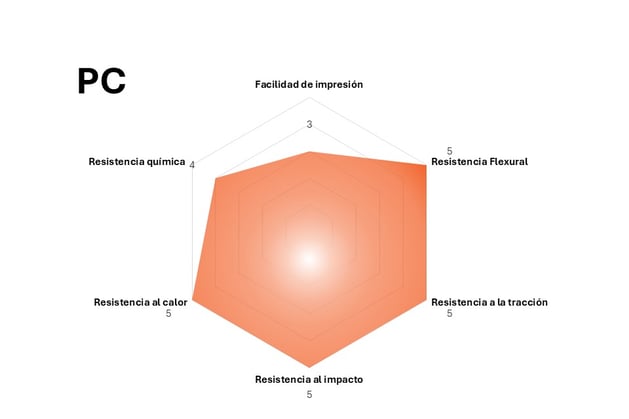

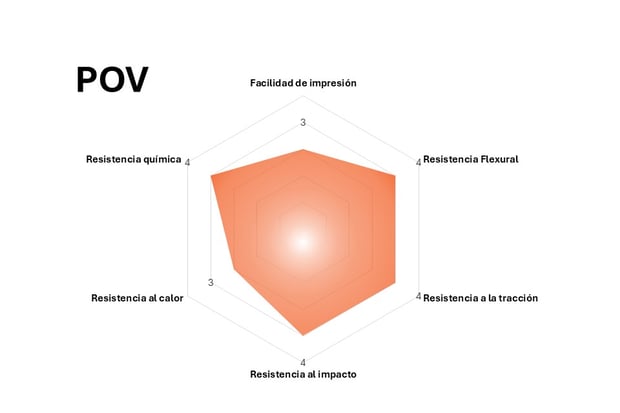

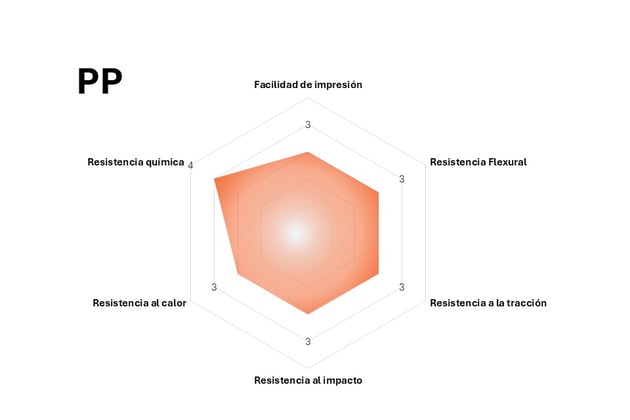

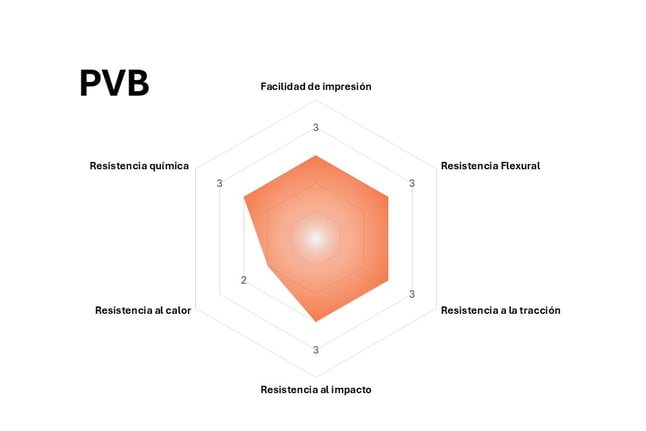

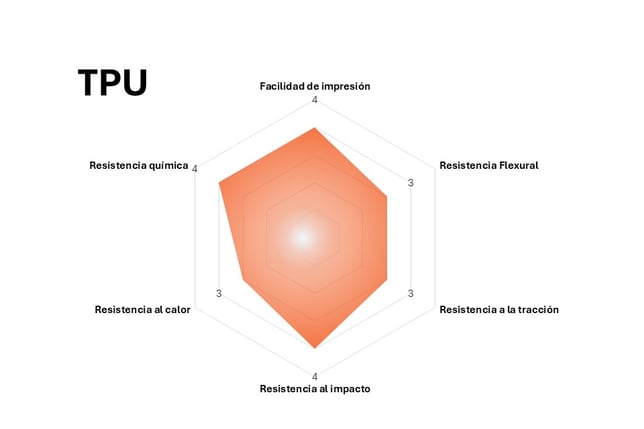

In this section, we will explore the fascinating world of 3D printing filaments, focusing on materials such as ASA, PC, POV, PP, PVB, and TPU. Each of these filaments offers unique characteristics that make them ideal for various applications and projects. From the UV resistance of ASA to the flexibility of TPU, you will discover the properties and advantages of these incredible materials. We hope you find inspiration and knowledge for your next 3D printing projects!
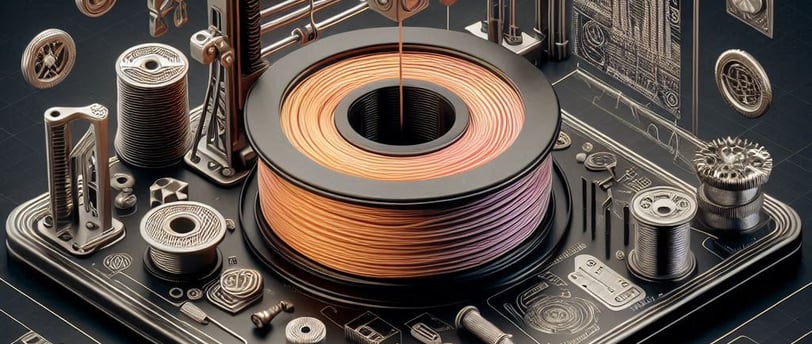

Authors
Ing. Roberto Mendoza Gasca


Master’s student in Mechatronics Science.
If you are interested in learning more about the materials we offer for 3D printing and how they can benefit your projects, do not hesitate to contact us. Click the button below to get more information and discover all the possibilities these filaments can offer you.
Want to Know More?
Ing. Susana Arriaga Flores
Master’s student in Strategic Management.


